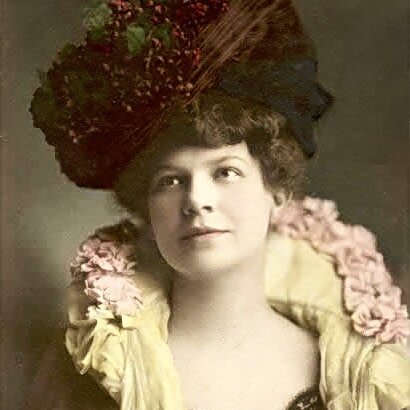Lucille Sinclair Douglass

American artist Lucille Sinclair Douglass (1878, Tuskegee, Alabama –1935, Andover, Massachusetts) graduated in 1895 from the Alabama Conference Female College, where her mother taught art. In 1899, she moved to Birmingham, where she made a living as both an artist and an art teacher. In 1907 she and seven other female artists — Carrie Hill, Alice Rumph, Della Dryer, Hannah Elliott, Caroline Lovell, Carrie Montgomery, and Willie McLaughlin — formed the Birmingham Art Club.
From 1909 till 1913, she lived in Paris, studying painting and drawing with Lucien Simon, Emile-René Ménard (1862−1930) and Alexander Robinson, and held two exhibits of her paintings there in 1911. After returning to America, she joined the Methodist Missionary Society and, in 1920, was sent to Shanghai to oversee a workshop of Chinese female artists.
While in China, Lucille Douglass became close friends with two female writers whose books she would eventually illustrate, Florence Wheelock Ayscough and Helen Churchill Candee. With the latter, she visited from November 1926 till January 1927 Indochina, Siam, Java and Bali. It was also on this journey that Douglass first visited Angkor (Candee had been there before and had published the book Angkor the Magnificent in 1924).
Angkor was a revelation for the fifty-two-year old artist and, after illustrating Candee’s New Journeys In Old Asia with twenty-one etchings, she gave countless conferences on the capital city of the ancient Khmer Empire [see: “Angkor: A Royal Romance”.]
Back to New York, Lucille Douglass joined the “Floating University” from November 1928 until May 1929, teaching art on the ship President Wilson during a world cruise that included Southeast Asia.
After a long illness, Lucille Douglass died on September 26, 1935, in the home of a friend in Andover, Massachusetts. Her remains were cremated and, in the following year, flown to Angkor where they were spread around a “majestic mango tree.”
Read a complete biography by Stephen F. Goldfarb here.
